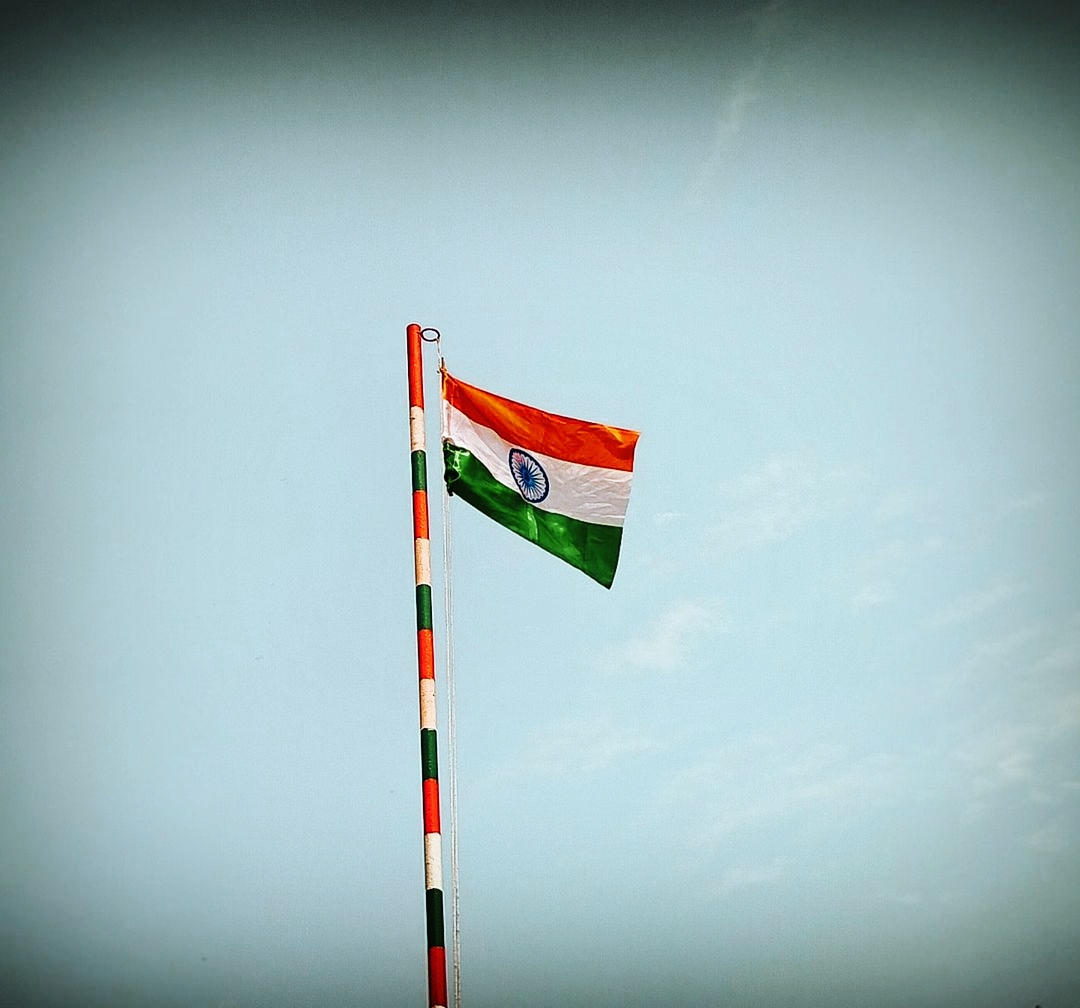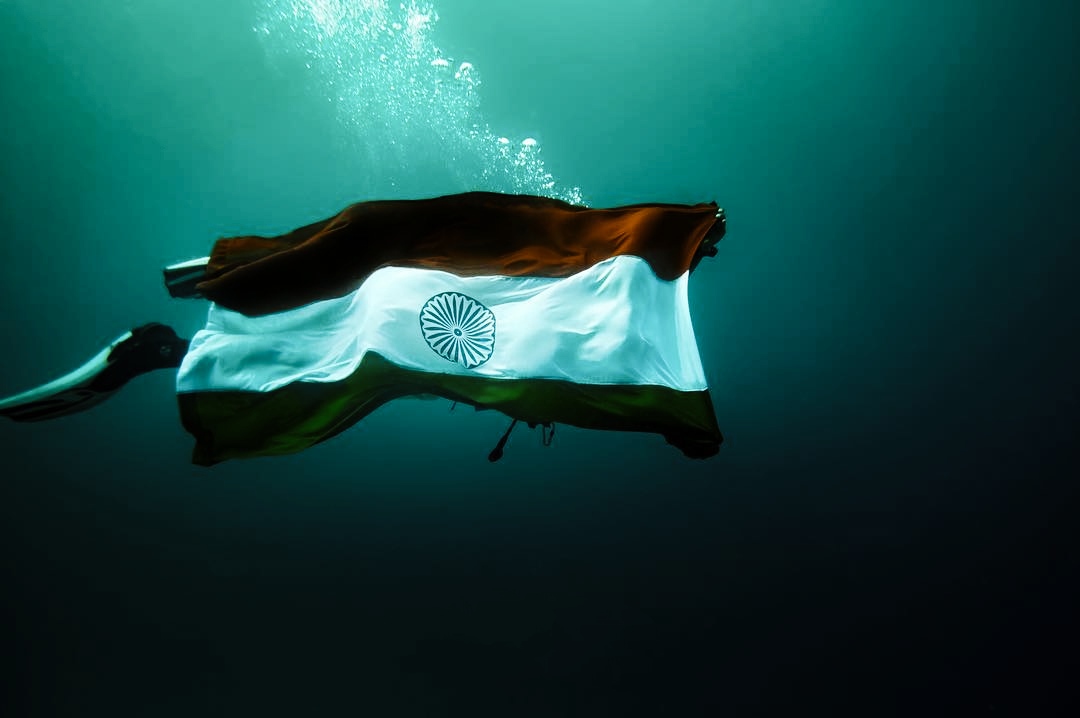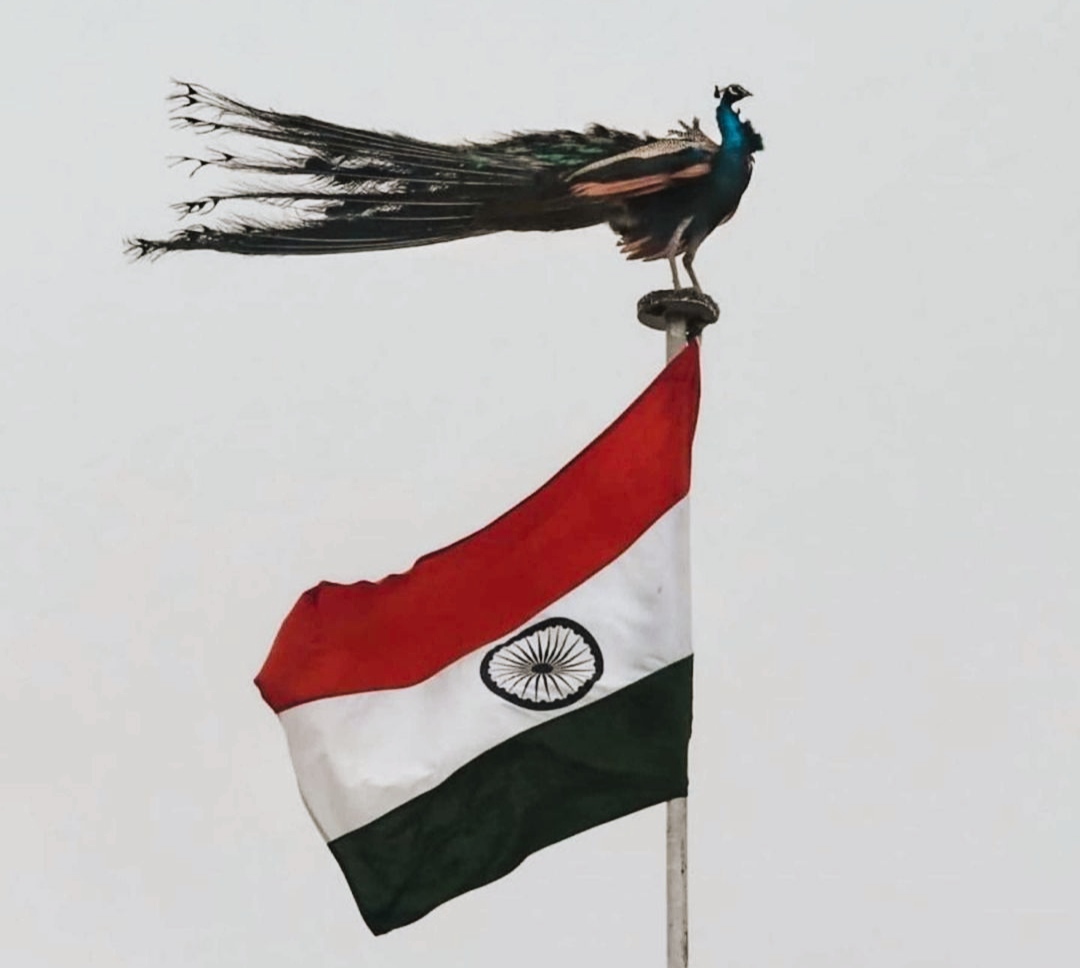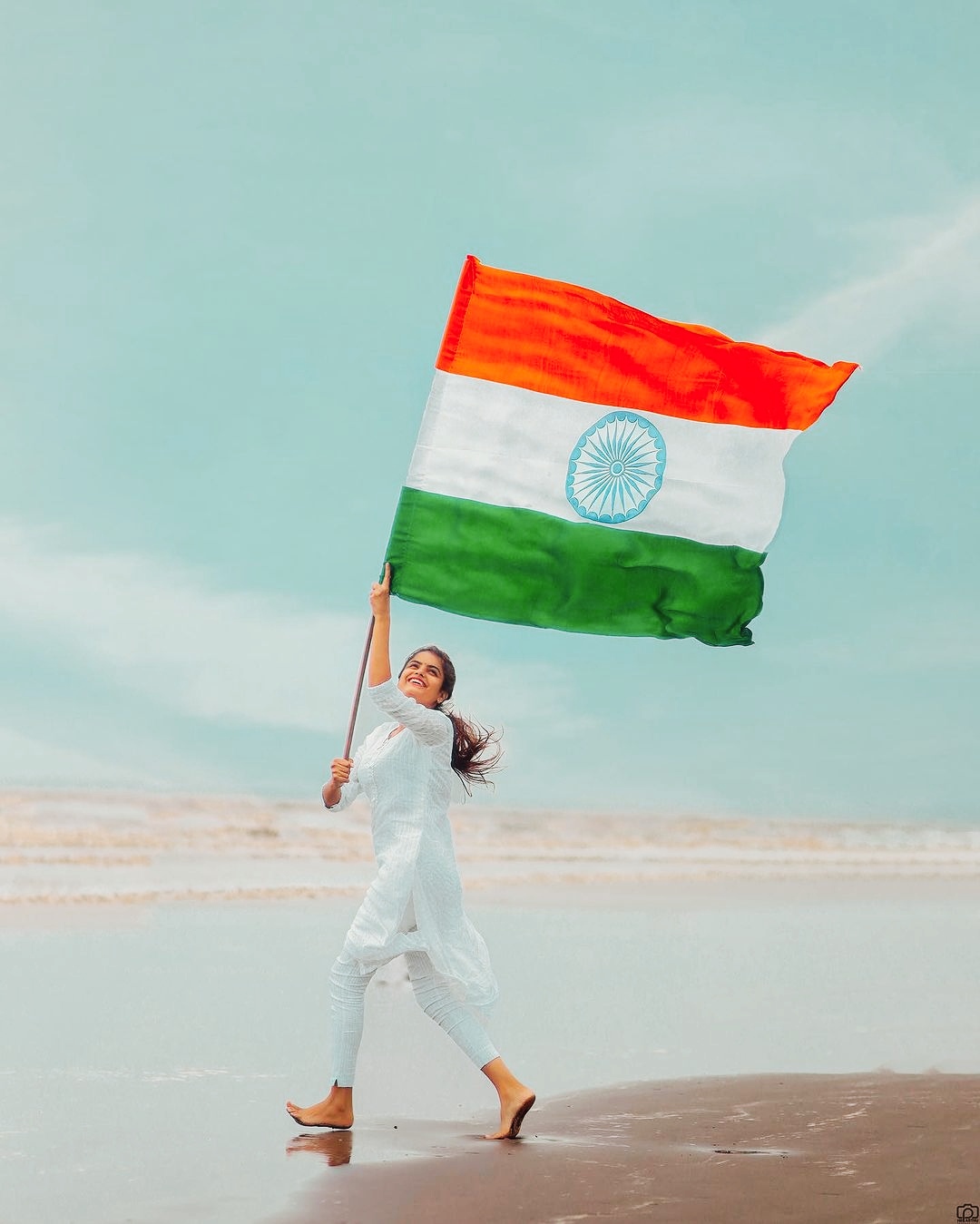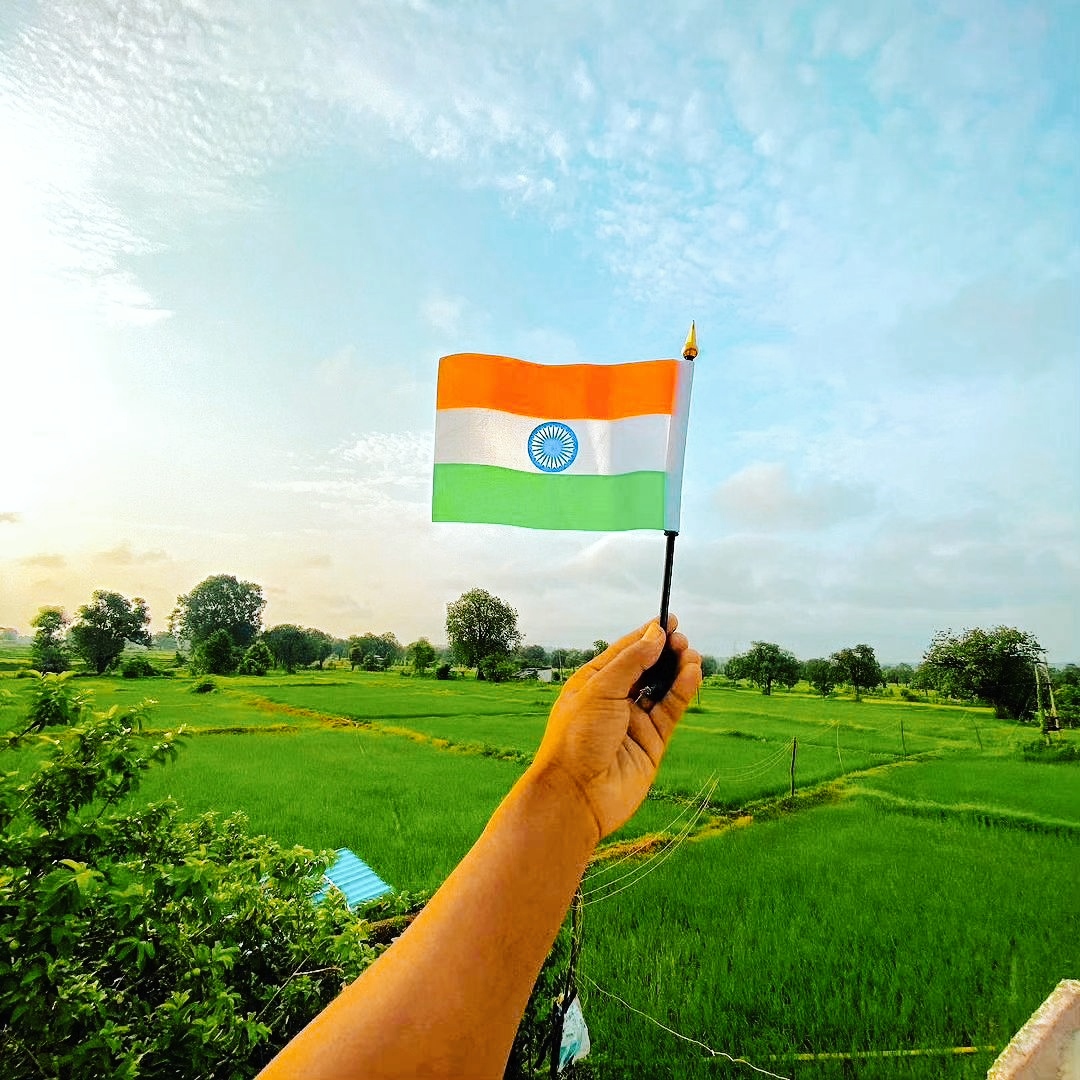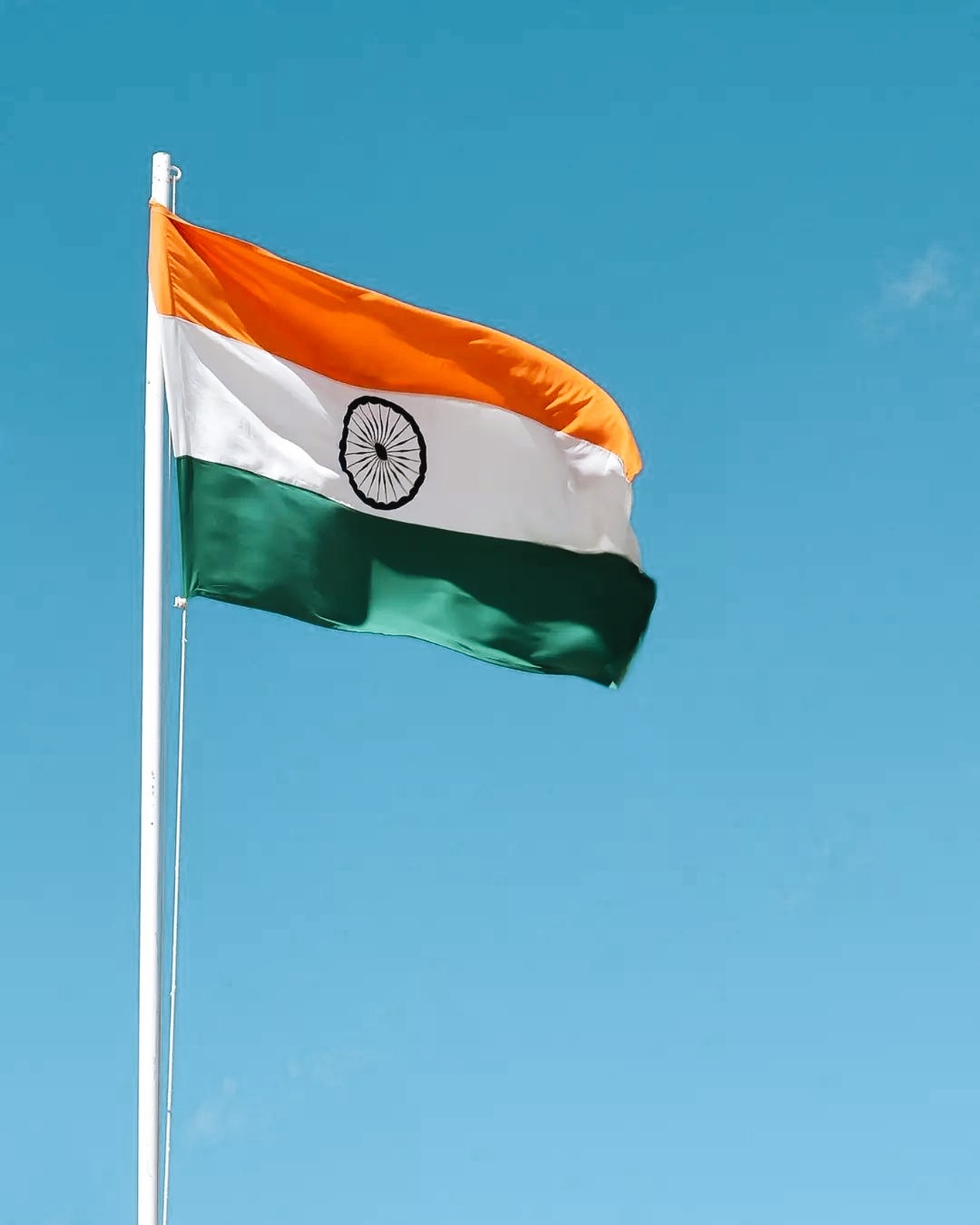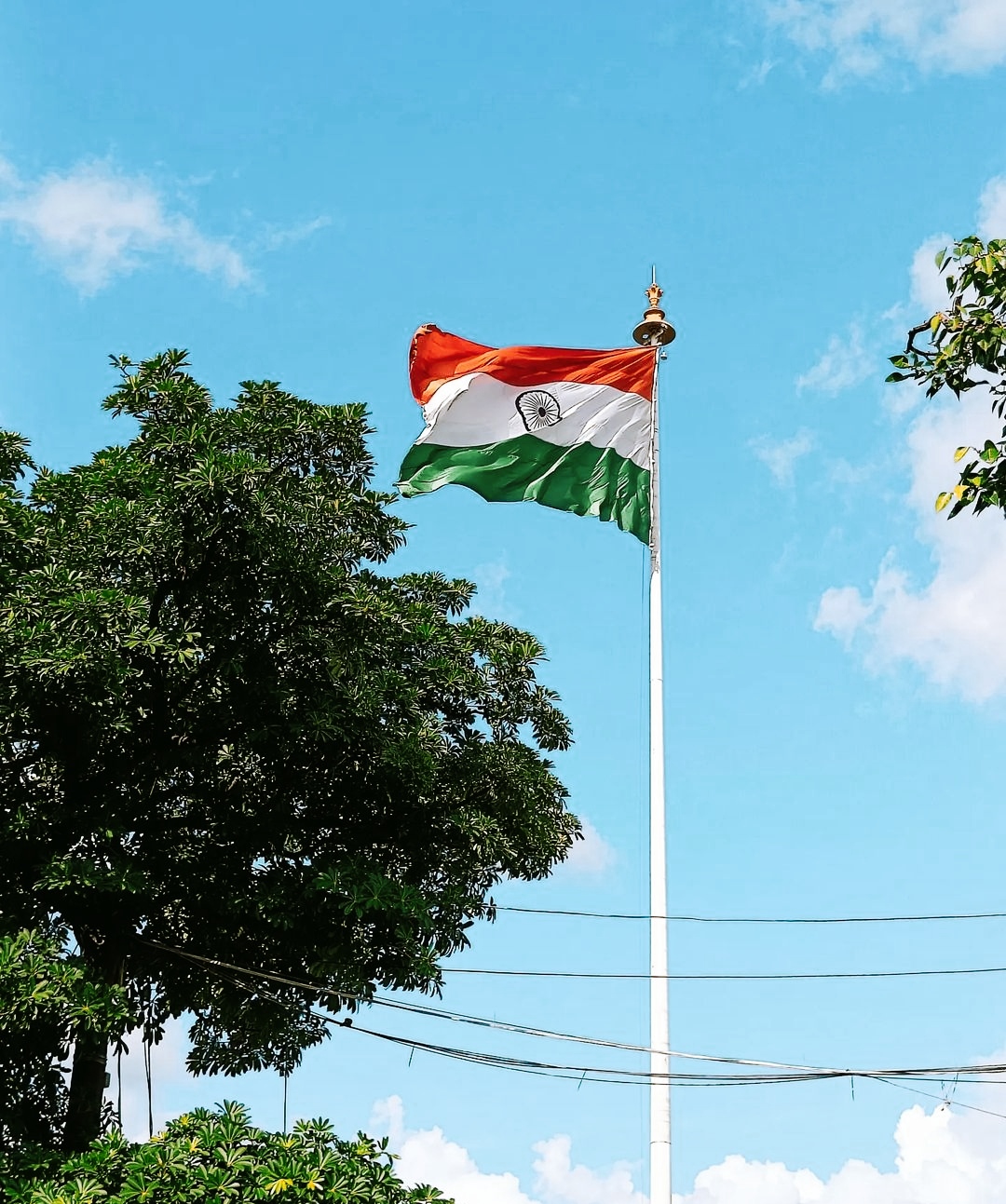Hello friends, welcome to your website Mixing Images. Friends, today’s post is going to be very special because today we have brought for you – Indian Flag Images, Indian Flag Photo, Indian Flag Wallpaper, Indian Flag Image, Indian Flag Pic, Indian Flag DP.
Best 25+ Indian Flag Images, Photo, Wallpaper, Image, Pic
History Of Indian Flag
Every independent nation has its own flag. This is a sign of being an independent country. The Indian national flag was adopted in its present form during a meeting of the Constituent Assembly of India held on 22 July 1947, just days before India’s independence from the British on 15 August 1947. It was adopted as the national flag of India between 15 August 1947 and 26 January 1950, and subsequently by the Republic of India. In India, “Tricolor” means the Indian national flag.
The Indian national flag has three colored horizontal stripes, saffron at the top, white in the middle and dark green at the bottom and all three are in proportion. The ratio of the width of the flag to its length is 2 and 3. There is a dark blue circle in the middle of the white stripe. This chakra is built on the lion pillar of Sarnath, the capital of Ashoka. Its diameter is approximately equal to the width of the white strip and it has 24 spokes.
Flag Colors – The upper stripe of the national flag of India has saffron color which shows the strength and courage of the country. The white stripe in the middle symbolizes peace and truth along with the Dharma Chakra. The lower green strip represents fertility, growth and the sanctity of the land.
Chakra – This Dharma Chakra is called the Chakra of Law which is taken from the Sarnath Temple built by the Maurya Emperor Ashoka in the third century BC. The meaning of this cycle is that life is dynamic and stopping means death.
Flag Code – The Flag Code of India was amended on 26 January 2002 and many years after independence, citizens of India got permission to fly it in their homes, offices and factories not only on national days but on any day without any hindrance. . Now Indian citizens can hoist the national flag proudly anywhere and at any time. Provided that they strictly follow the code of the flag and do not let the glory of the tricolor be diminished.
For convenience, the Flag Code of India, 2002 has been divided into three parts. The first part of the Code contains a general description of the National Flag. The second part of the Code deals with the display of the National Flag by members of the public, private organisations, educational institutions etc. The third part of the Code deals with the display of the National Flag by the Central and State Governments and their organizations and agencies.
There are some rules and regulations based on the 26 January 2002 legislation as to how the flag should be flown:
What To Do
- The national flag can be flown in educational institutions (schools, colleges, sports complexes, scout camps, etc.) to inspire respect for the flag. An oath of allegiance is included in the flag hoisting in schools.
- The hoisting/display of the National Flag by a member of a public, private organization or an educational institution may be done on all days and occasions, events otherwise consistent with the honor and prestige of the National Flag.
- Section 2 of the new Code allows all private citizens the right to hoist the flag on their premises.
What Not To Do
- This flag cannot be used as communal benefits, curtains or textiles. As far as possible it should be hoisted from sunrise to sunset without being affected by the weather.
- This flag should not intentionally touch the ground, floor or water. It cannot be draped over the hood, top, sides or back of vehicles, trains, boats or aircraft.
- No other flag or banner can be placed at a higher position than our flag. The tricolor flag cannot be used in a salute, banner or rose-like structure.
Interesting Facts About Indian Flag
1. The flag we fly today was originally designed by Pingali Venkayya, an educationist and freedom fighter from Andhra Pradesh.
2. The Indian flag was accepted as the official national flag at the Constituent Assembly meeting on 22 July 1947.
3. The Indian national flag was first hoisted by the first Prime Minister of India, Jawaharlal Nehru, at the Lahori Gate of the Red Fort in Delhi on August 15, 1947.
4. The Indian flag was hoisted for the first time on August 7, 1906 at Parsi Bagan Square in Calcutta (now Kolkata). This flag had 3 stripes – green at the top, followed by yellow and red at the bottom. Vande Mataram was also inscribed on it along with other religious symbols.
5. Our tricolor flag has a certain meaning given to all the elements on the flag – the three colors represent courage and sacrifice (saffron), truth, peace and purity (white) and prosperity (green).
6. The blue colored Ashoka Chakra with 24 spokes in the middle symbolizes the rules of religion representing the cycle of life.
7. In the national flag, the ratio of length to width is considered to be 2:3 and the three stripes of the color should be equal in length and width.
8. The world’s largest tricolor was hoisted by the Indian Army on the occasion of Army Day in Jaisalmer on January 15, 2022.
9. The Indian freedom struggle was a long race that took almost 200 years of bloodshed and sacrifice. A lot happened in between and a lot went into breaking the shackles of imperial rule.
10. Independence Day every year serves as a reminder to look back at history and learn more about how the nation is today. Let us celebrate 75 years of independence this year with a little more awareness.
Final Word
Friends, how did you like today’s post, do tell us by commenting. If you liked our post then share this post with your friends.

